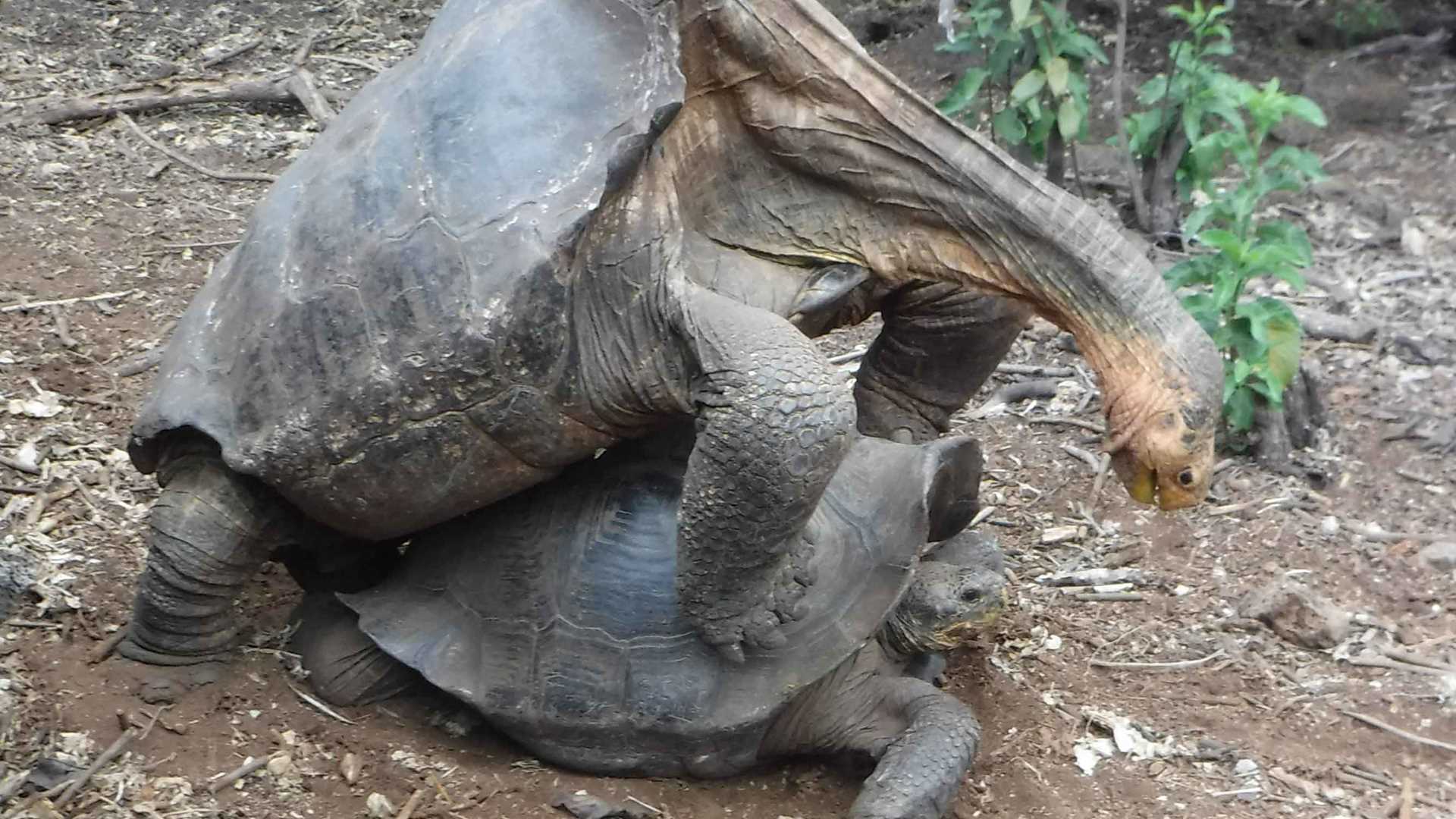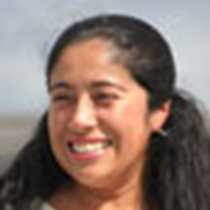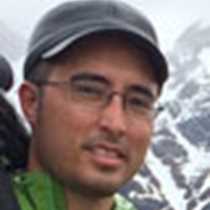This morning we woke up at Academy Bay, Santa Cruz Island. We visited in the morning the famous giant tortoise-breeding center and learned about the big conservation efforts to preserve this unique Archipelago. Our guests walked through Puerto Ayora town and bought souvenirs and stop by the busy fishermen’s market; here you get to observe the interaction between the locals, pelicans, frigates and sea lions! The afternoon was spent at the highlands; we walked inside a lava tube, drank a shot of a local moonshine, visited a local school and wandered around the emblematic animals of the Islands, the giant tortoises. After dinner, our lounge changed its setting for the performance of a local group of musicians. We ended a perfect day listening to the sounds of Andean flutes, charango, drums and guitar for the delight of everyone.
- Daily Expedition Reports
- 09 May 2018
Santa Cruz Island, 5/9/2018, National Geographic Islander
- Aboard the National Geographic Islander
- Galápagos
Vanessa Gallo, Naturalist
Vanessa Gallo’s grandparents arrived in the Galápagos Islands in 1936, making her the third generation of her family to live and work in this magical archipelago. She left the islands for the capital city of Quito for high school, where she discovere...
Read MoreMark Coger , Videographer
Growing up in a military family, Mark Coger has been traveling most of his life. While living in Japan, he developed his passion for videography. He began his venture in the field of video production by filming numerous events for a local high scho...
Read MoreShare Report
Related Reports
11/23/2022
Read
National Geographic Islander II
Isabela and Fernandina
Our day began with the chance to point out a lot of interesting geological features as we enjoyed Zodiac tours along a massive flank of Ecuador Volcano on Punta Vicente Roca. In the afternoon, we took a sunny walk on Punta Espinoza on Fernandina Island. We spotted many iguanas, and a bunch of sea lions hanging around, too.
11/22/2022
Read
National Geographic Islander II
North Seymour & Rabida Islands
Relatively small and low compared to neighboring Santa Cruz, North Seymour is located to the north of Baltra. The island is dry with predominantly low shrubs, like prickly pear cacti. The incense trees are bare during the dry season. Seabirds like frigatebirds and blue-footed boobies nest on the island, and sea lions rest on the sand when they are not fishing. Land and marine iguanas also live here. Rabida is in the middle of the archipelago and has a striking red sand beach. We observed a small colony of sea lions of all ages resting or nursing. Behind the beach, American flamingos nest in a brackish lagoon. This island is full of contrasts and wildlife that we enjoyed observing during this day of expedition.









